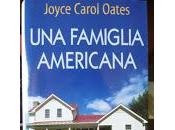Spesso, sfogliando le pagine della storia ci si trova di fronte a
punti oscuri, non chiari, non facilmente giustificabili .....
quello che sto per raccontarvi ne fa parte.
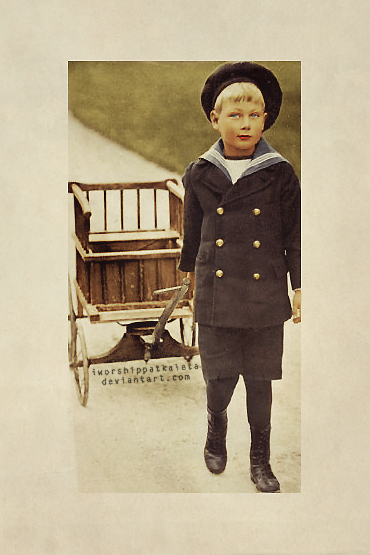
Il 12 luglio del 1905 nasceva, accolto con grande clamore, il quinto ed ultimo figlio della real coppia degli allora Principi di Galles, Prince Gorge - figlio del futuro re Edoardo VII, primogenito della regina Vittoria e del principe Alberto di Sassonia-Coburgo-Gotha e della principessa Alessandra di Danimarca, e Princess Mary, nata Victoria Mary di Teck ( più tardi incoronata Queen Mary ) cui venne dato il nome di John Charles Francis.
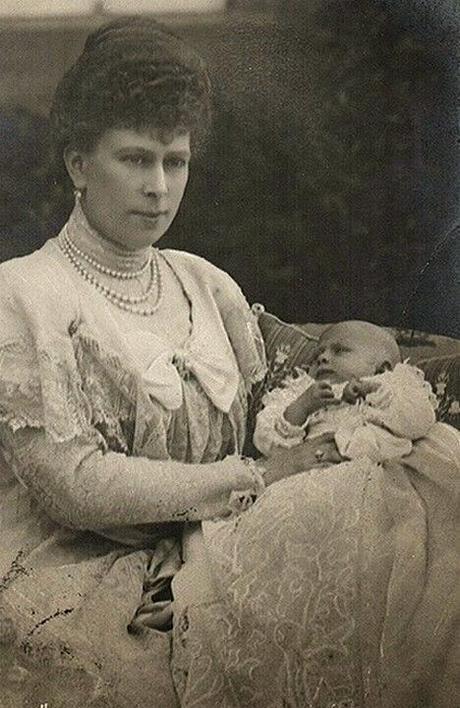
Princess Mary of Wales con Prince John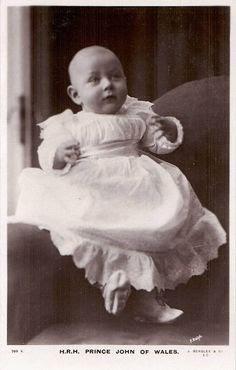
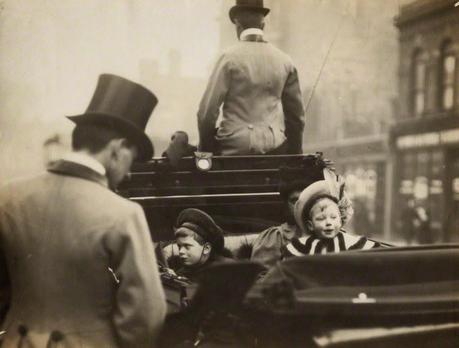
Royal Shopping Trip: Prince George e Prince John (sulla destra)
Rubicondo, vivace, con grandi occhi chiari ed una carnagione rosata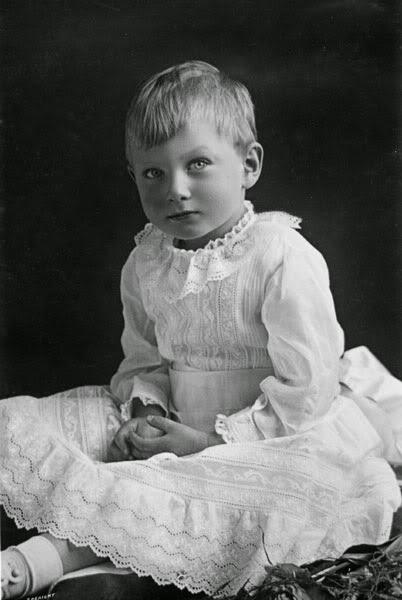 il piccolo crebbe tra le coccole e l'affetto dei genitori che per lui non nascondevano di avere una particolar inclinazione, manifestata da una ben maggiore permissività rispetto a quella palesata per i figli maggiori; nonostante fosse il quinto in ordine di successione al trono il piccolo John
il piccolo crebbe tra le coccole e l'affetto dei genitori che per lui non nascondevano di avere una particolar inclinazione, manifestata da una ben maggiore permissività rispetto a quella palesata per i figli maggiori; nonostante fosse il quinto in ordine di successione al trono il piccolo John 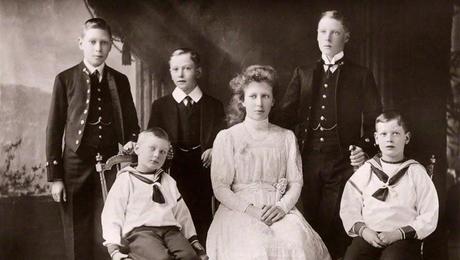 The Royal Children in 1912: l-r Albert, John, Henry, Mary, Edward and Georgevenne educato come gli altri fratelli in nome del decoro e dell'immagine che la famiglia reale britannica doveva preservare vivendo un'infanzia felice fino all'età di quattro anni quando, improvvisamente, cadde a terra colto da un malore successivamente attribuito ad una forma di epilessia.
The Royal Children in 1912: l-r Albert, John, Henry, Mary, Edward and Georgevenne educato come gli altri fratelli in nome del decoro e dell'immagine che la famiglia reale britannica doveva preservare vivendo un'infanzia felice fino all'età di quattro anni quando, improvvisamente, cadde a terra colto da un malore successivamente attribuito ad una forma di epilessia.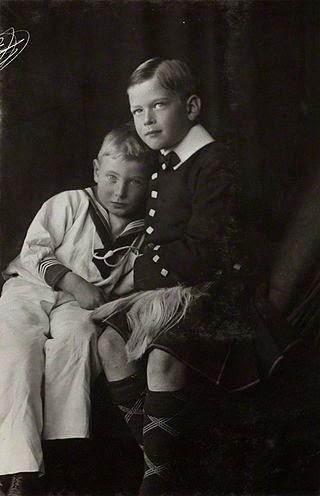
Prince George mentre tiene Prince John, fotografia di James Lafayette, 1909
Fu questo un momento tragico per la famiglia reale, per più motivi: innanzitutto il mal caduco, come allora era definita l'epilessia, non godeva della considerazione che la medicina moderna ci consente di riservarle, non era attribuito ad una lesione neurologica, anzi, spesso, all'inizio del xx° secolo, era ancora circondato da un alone di superstizione che lo legava per affinità alla possessione demoniaca ...
come spesso accadeva in passato, ciò che non si riusciva a giustificare razionalmente cadeva nell'oscurità dell'occulto e delle credenze popolari; in
secondo luogo come poter tenere in famiglia un figlio la cui salute destava preoccupazione ed era destinata solamente a peggiorare ....
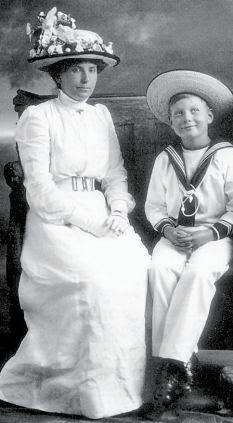 La decisione che venne presa nell'anno 1916, dopo l'aggravarsi della malattia, fu piuttosto drastica e sicuramente dolorosa: seguito dalla sua tata Charlotte "Lala" Bill e da un tutore, il piccolo venne alloggiato presso di una fattoria situata nelle vicinanze della residenza reale di Sandrigham, Wood Farm, dove taluni dicono ricevesse spesso visite da parte della madre, altri sostengono che fossero invece rare le visite della regina e del tutto assenti quelle del re ... un figlio malato di un male che rappresentava quasi un onta era da lasciare nell'ombra, da dimenticare.
La decisione che venne presa nell'anno 1916, dopo l'aggravarsi della malattia, fu piuttosto drastica e sicuramente dolorosa: seguito dalla sua tata Charlotte "Lala" Bill e da un tutore, il piccolo venne alloggiato presso di una fattoria situata nelle vicinanze della residenza reale di Sandrigham, Wood Farm, dove taluni dicono ricevesse spesso visite da parte della madre, altri sostengono che fossero invece rare le visite della regina e del tutto assenti quelle del re ... un figlio malato di un male che rappresentava quasi un onta era da lasciare nell'ombra, da dimenticare.
Rappresentava certo un rischio concreto che un attacco epilettico potesse coglierlo d'improvviso durante la visita di duchi o conti o altri nobili invitati e perciò, in tal caso, il 'terribile' segreto di famiglia sarebbe irrimediabilmente stato svelato; inoltre, con ogni probabilità, l'averlo tenuto comunque a contatto diretto con i fratelli sarebbe stato dannoso per loro
John non appariva mai in pubblico, ed infatti non presenziò con gli altri membri della famiglia reale alla cerimonia d'incoronazione del padre l'11 giugno del 1911 anche se, per non destare l'indignazione dell'opinione pubblica, lo vediamo comparire comunque nei ritratti di famiglia con uno sguardo che sempre più, con il trascorrere del tempo, denota tristezza e forse anche un ritardo mentale; ogni Natale, egli presenziava al tavolo per il pranzo di famiglia a Sandrigham, per essere poi subito dopo riaccompagnato a Wood Farm.
Quando usciva nel giardino e nella campagna circostante la fattoria John non era mai lasciato da solo, si diceva, per il timore che potesse nuocersi, e pochi erano gli amici che aveva tra i figli dei membri della servitù della vicina residenza reale.

Lo York Cottage dove andarono ad abitare i Duchi di York ( fino al 1901 Prince George and Princess Mary, da che contrassero matrimonio, recavano il titolo di duchi di York ), più tardi Principi di Galles ed infine dal 1911 Sovrani del Regno Unito, presso Sandrigham House della cui tenuta faceva parte Wood Farm; nonostante, quali sovrani, la loro residenza ufficiale divenne Buckingham Palace, il re rimase sempre molto legato a questi luoghi dove spesso continuava ad intrattenersi per lunghi soggiorni con la famiglia.
Al tempo s'ignorava l'utilizzo dei barbiturici che, in qualità di anticonvulsivanti, tengono sotto controllo gli attacchi epilettici ( che hanno come conseguenza l'aggravarsi della lesione neurologica che li procura ) e perciò quello dell'epilessia era un male del tutto misterioso ed inguaribile, senza alcuna possibilità di risanamento e di guarigione.Le crisi epilettiche, non debitamente controllate con i farmaci, aumentarono con il tempo, in frequenza ed intensità, fino a che il 18 gennaio 1919, dopo una crisi più grave del solito, John si spense nel sonno a Wood Farm.
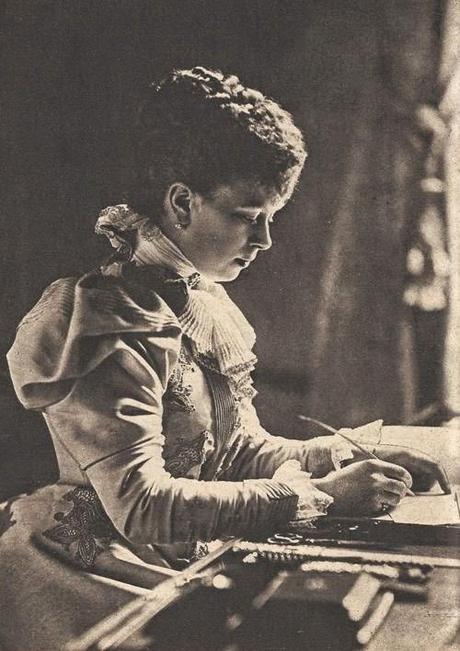
Queen Mary scriverà nel suo diario che la notizia " fu un terribile shock, nonostante per l'anima inquieta del povero ragazzino, la morte sia sopraggiunta come un grande sollievo." Wikipedia
Da allora il nome John viene considerato di malaugurio per i membri facenti parte la Famiglia Reale Inglese e si leggeva su di un articolo apparso sul Daily Mail nell'anno 2008
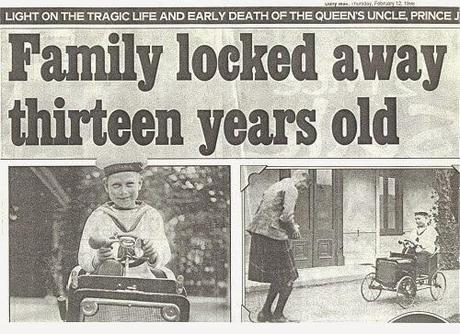
che il piccolo John fu presto dimenticato dai Windsor al punto che in almeno uno degli alberi genealogici della famiglia egli non è neppure presente, cosa che irritò molto gli inglesi.
... ma come poter giudicare con serenità e spirito di giustizia la decisione presa dai Principi di Galles ... chissà, forse anche noi, nella stessa epoca storica, inseriti nel medesimo contesto culturale in cui molto ancora rappresentavano le famiglie reali, pensando anche la bene del resto della prole, forse avremmo agito in modo analogo ... chissà .. sta di fatto che Queen Mary è tra le regine appartenute alla casa dei Windsor che più hanno lasciato un ottimo ricordo di sé.
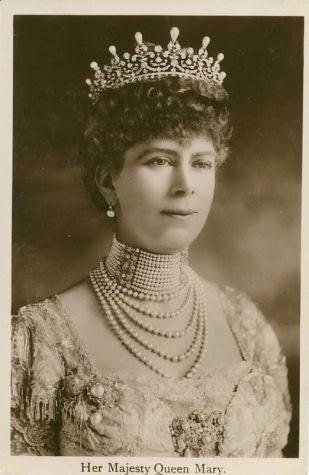
Lasciate che sempre, con grande affetto e gratitudine, mi congedi da voi augurandovi ogni bene.
A presto ♥
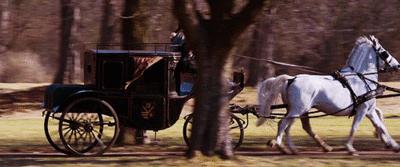


Often, flipping through the pages of History, we are faced with
blind, not clear, not easily justifiable points .....
I'm going to tell you something belonging to them.
- picture 1On July 12th, 1905, received with great fanfare, was born the fifth and last child of the royal family of the then Princes of Wales, Prince George - son of the future King Edward VII, the eldest son of Queen Victoria and Prince Albert of Saxe-Coburg and Gotha and of Princess Alexandra of Denmark - and Princess Mary, born Victoria Mary of Teck ( later crowned Queen Mary ) whom was given the name of John Charles Francis.- picture 2
- picture 3
- picture 4
Ruddy, lively, with big blue eyes and a rosy complexion
- picture 5
the baby grew between parental cuddling and love, as they didn't hide that had a particular inclination for him manifested by a much more permissive education than that for the older children; despite being the fifth in order of succession to the throne, the little John
- picture 6
was educated like his siblimgs in the name of the dignity and the image that the British royal family had to preserve living a happy childhood until the age of four when he, suddenly, fell to the ground seized by an illness later attributed to a form of epilepsy.
- picture 7
This was a tragic moment for the royal family, tragic for several reasons: first, the falling sickness, as it was then called epilepsy, didn't have the consideration that modern medicine allows us to reserve it today, it wasn't attributed to a neurologic injury, indeed, often, in the beginning of the XXth century, it was still surrounded by an aura of superstition that bound it, for affinity, to the demonic possession ...
as often happened in the past, what they couldn't rationally justify, fell in the darkness of the occult and of the popular beliefs; on the other hand, how to keep at home a child whose health concern aroused and was intended only to get worse ....
- picture 8 on the right - The decision that was taken in 1916, after the worsening of the disease, was rather drastic and surely painful: followed by his nanny Charlotte "Lala" Bill and a turur, the child was sent to live to a farm located near the royal residence of Sandringham called Wood Farm, where it was said that he often received visits from his mother, others claimed that they were very rare the visits of the queen and the king's none at all ... a sick son of an evil which was almost a shame it was to leave shadows, was to forget.
Certainly it represented a real risk that a seizure could catch him suddenly while visiting Dukes or Counts or other well -to-do people, and, in that case, the 'terrible' family secret would be irreparably been revealed; moreover, in all probability, have held him in direct contact with his siblings would be harmful to them (the crises are quite impressive especially in the eyes of a child).
John never appeared in public, and in fact he wasn't present with the other members of the royal family at the coronation ceremony of his father on 11 June 1911, although, not to arouse public indignation, however, we see him appearing in every family portraits with a look that more and more, with the passage of time, denotes sadness and maybe even mental retardation; every Christmas, he sat at the table for the family lunch at Sandrigham, to be, after it, immediately taken back to Wood Farm.
When he went out in the garden and the countryside surrounding the farm John was never left alone, they said, for fear that he could injure himself, and few were the friends he had among the children of the members of the servants of the nearby royal residence.
- picture 9
At the time they ignored the use of barbiturates which, as anticonvulsants, by controlling epileptic seizures (which result in the worsening of neurologic injury causing them) ------ and that's why that of epilepsy was a desease mysterious and incurable at all, with no chance of recovery and healing. Epileptic fits, not appropriately controlled with medicines, increased with the flowing of the time, as frequency and intensity, until January on 18th, 1919, after a crisis more serious than usual, John died in his sleep at Wood Farm.
- picture 10
Queen Mary wrote in heis diary that the news "was a terrible shock, despite for the restless soul of the poor boy death is coming up as a big relief." 1 Wikipedia
Since then, the name John is considered a bad omen for the members belonging to the British Royal Family and it was read on an article appeared on the Daily Mail in 2008
- picture 11
that little John was soon forgotten by Windsors to the point that at least in one of the family trees he isn't even present, fact that made the British people grow very angry.
... But how to judge with serenity and a spirit of justice the decision taken by the Princes of Wales ... maybe, perhaps we too, in the same historical period, in the same cultural context in which so much the royal family still represented, keeping in mind the wellness and the health of the rest of the children, maybe we might have acted in the same way ... maybe ... the fact is that Queen Mary is one of the queens belonged to the House of Windsor which have left the best memory of themselves.
Let me take my leave of you with great affection and gratitude wishing you all the best.
See you soon♥
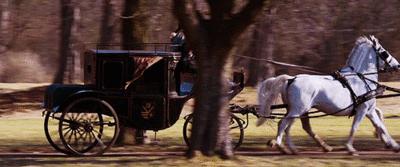

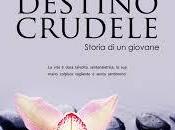
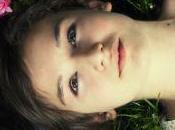
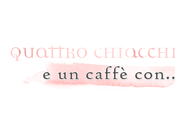
![[Rubrica: Italian Writers Wanted #12]](https://m22.paperblog.com/i/289/2897898/rubrica-italian-writers-wanted-12-L-cIVqIF-175x130.png)
